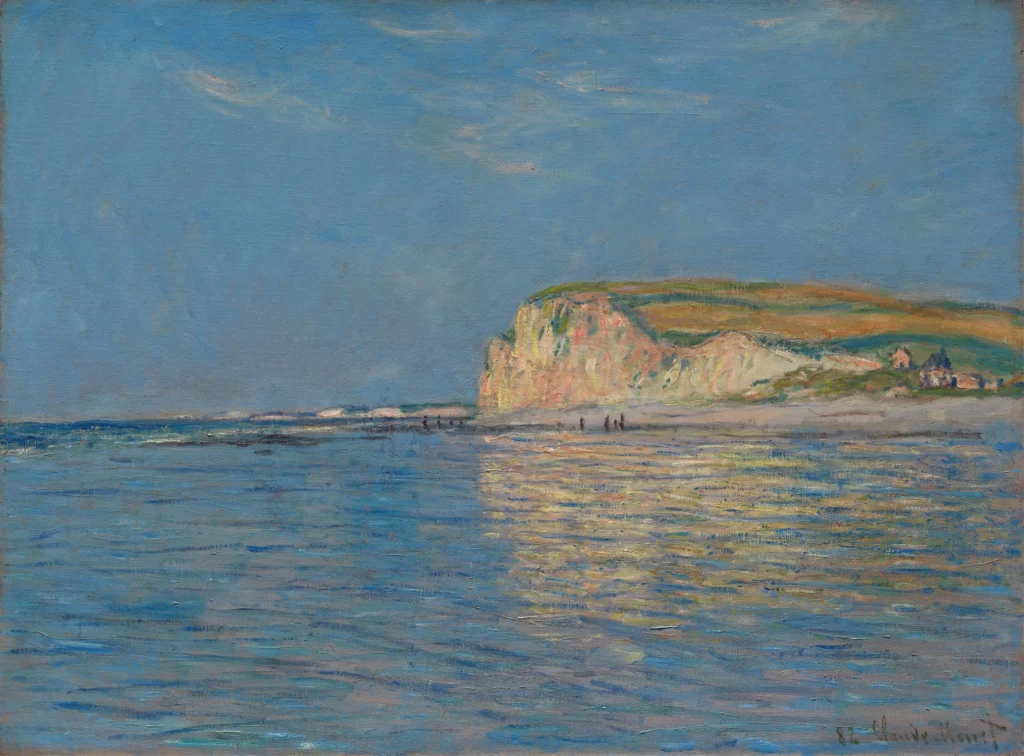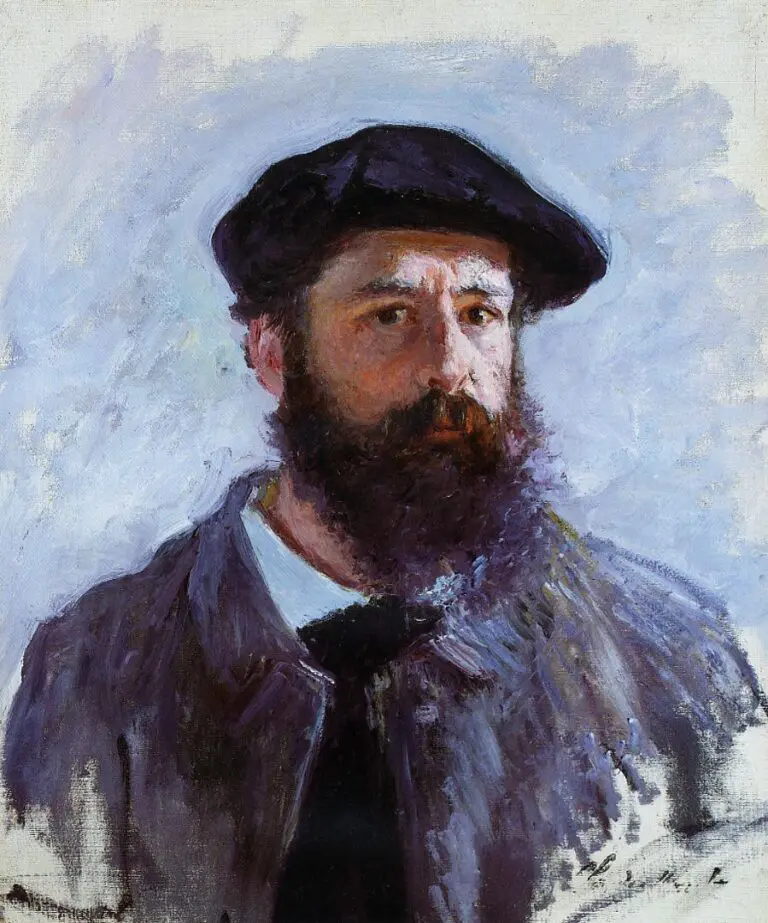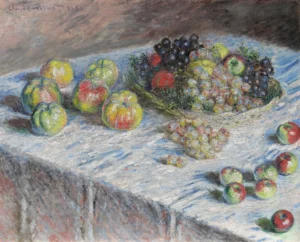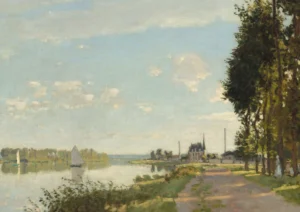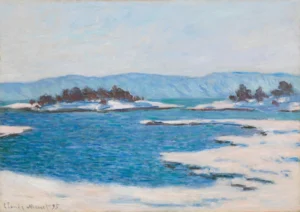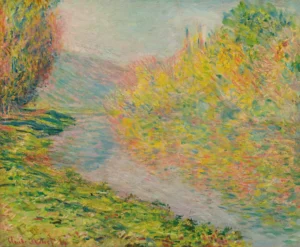Low Tide at Pourville, near Dieppe (1882)
Created in 1882 by renowned French Impressionist Claude Monet, Low Tide at Pourville, near Dieppe captures a serene moment on the Normandy coast. The artwork showcases sandy flats and majestic cliffs, all portrayed with Monet's adept use of light and color. His signature spontaneous brushwork evokes the essence of the moment, emphasizing nature’s ongoing rhythm. Commissioned into the Cleveland Museum of Art but originally altered in process, it remains a celebrated example of Impressionism.
Year 1882
About the Artwork
Monet painted 'Low Tide at Pourville' during a period when he was deeply immersed in capturing the nuances of light and its effect on landscapes. The location, a small fishing village on the Normandy coast, held personal significance for him, as he frequented the area. Initially, the painting depicted a high tide scene, but Monet’s artistic vision led him to change the composition to showcase the beach at low tide, illustrating his commitment to capturing the transience of nature. This work not only highlights Monet's innovative approach to colors and brushwork but also marks a moment in art history where the picturesque beauty of everyday scenes began to gain recognition.
Did You Know
Monet often visited Pourville, finding inspiration in its landscapes. He painted several works during his time there, emphasizing his fondness for the coastal scenery and the changing light over the water.
Monet utilized innovative Impressionist techniques that allowed him to capture the ephemeral qualities of light. His method of layering colors and quick brushstrokes helped convey the dynamic nature of the tides and the atmosphere.
Today, ‘Low Tide at Pourville’ is in the public domain, allowing anyone to access high-resolution images through the Cleveland Museum of Art’s Open Access Initiative, promoting wider appreciation and study of this exquisite piece.




